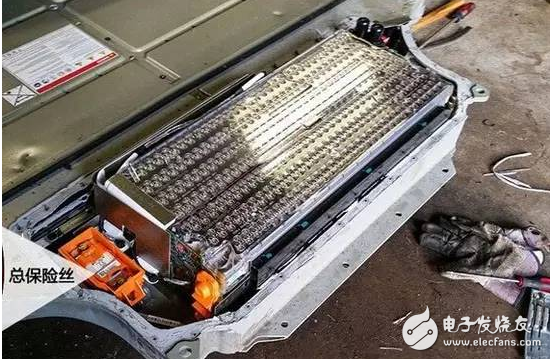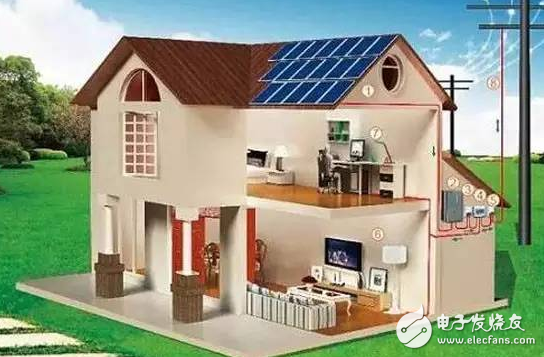According to the statistics of relevant institutions, with the outbreak of new energy vehicles, by 2020, the cumulative scrap of China's power lithium batteries will reach 120,000-170,000 tons. In the recycling of power batteries, the industry generally believes that the use of the ladder is a green and environmentally friendly approach to maximize the value of products and achieve a circular economy. According to national policies and regulations, battery manufacturers have the obligation to recycle power batteries. However, it is understood that many battery companies are not sufficiently capable, and they are not ready to use them for ladders. Faced with many challenges and challenges.
Technical problems such as dismantling and remaining life prediction are to be solved
As we all know, when the power battery is retired, the entire pack is disassembled from the car. Different models have different battery pack designs. The internal and external structural design, module connection method and process technology are different, which means that it is impossible to disassemble all battery packs and internal modules with one assembly line. Then, in terms of battery disassembly, how to carry out flexible configuration, segmentation and refinement of the disassembly pipeline for different battery packs, which is a difficult problem to be solved.

In addition, during the service of the power battery, some power battery operation data has a complete record. In this case, when the manufacturer of the ladder uses the data, combined with the battery data of the battery, a simple life model of the battery module can be established. The remaining life of the battery module under certain operating conditions is roughly estimated. However, there are no data records for the use of some power batteries. Only the original data at the time of shipment, the use process and the current state are in an unknown state. When the manufacturers using the ladders get the batteries, how to judge their health status and remaining life has become another big problem.
In addition to the two technical problems of battery disassembly and life prediction, how to design new battery modules from different batches and different manufacturers, and how to design BMS in new application areas has raised a high Technical requirements; technical problems can not be solved very well, the cost of recycling will increase, which directly leads to the economic benefits of the cascade utilization can not be reflected, and the difficulty of industrialization is increasing.
Foreign experience: forward-looking consideration of system solutions
In fact, the technical problems in the utilization of power battery ladders are common, and foreign power battery companies also need to solve. However, battery companies in Japan and the United States have planned and solved the problems that may be encountered in advance from the perspective of the entire industrial chain, giving us a good reference and reference.
According to media reports, Japan attaches great importance to the recycling of power batteries. As early as the promotion of electric vehicles, the problem of cascade utilization of power batteries has been considered. Nissan Motor and Sumitomo Group jointly established 4REnergy Energy Company. The company specializes in the recycling of used batteries for electric vehicles. The company's goal is to create a new structural process and market, and to use batteries with long life and high energy density in the car for different purposes. It is reported that the 4REnergy joint venture has developed domestic and commercial energy storage products with nominal powers of 12, 24, 48, 72 and 96 kW respectively.

The United States is also more comprehensive in the study of power battery cascade utilization. In 2010, the hybrid electric vehicle research center of the University of California at Davis conducted research on the secondary utilization and value analysis of power lithium batteries. In terms of industry, GM and ABB's collaborative trials used the Chevrolet Volt's battery pack to collect power, feed back the grid and ultimately power both domestic and commercial.
Create a symbiotic and win-win industrial chain ecosystem or a solution
From the practice of foreign countries, we can see that the foreign countries began to consider the "post-market" of the battery from the perspective of the entire industrial chain, and the forward utilization of the power battery is forward-looking and systematic. In contrast to China's current situation, China's new energy automobile industry chain is in the government, car companies, battery companies or related companies (such as battery leasing operators) have not actively taken the lead in the research and overall planning of power battery ladder utilization, resulting in a wide range of battery routes The specifications of the battery and the evaluation requirements for the battery are different, which results in too many types of batteries and excessive production dispersion. At the same time, it also brings technical and cost control to the "post-market" of the power battery, that is, the use of the ladder. Puzzle.
Therefore, Xiao Bian believes that in the use of power battery ladders, how to create a symbiotic and win-win industrial chain ecosystem, the overall planning of its recycling and processing at the beginning of production, the formation of battery production, application and disposal The closed loop may be the fundamental way to completely solve technical problems, carry out cost control, and form a virtuous circle of industry. This requires the establishment of relevant norms and standards at the government level, as well as enterprises in all aspects of the industrial chain, working closely together to ultimately promote the healthy development of the power battery ladder utilization industry.
This range of extremely rugged 'skeleton' cable drums is particularly suited to life on the road but also at home in a TV or film studio. They are constructed from heavy-duty, welded, steel tubing, on to which an overall passivated zinc plate is applied. A traditional two-flange type is suitable for triax camera cable, multicore audio cable and heavy-duty power cables. An innovative three-flange design is suitable for coiling and protecting the inner 'tail' of SMPTE 311M hybrid fibre camera cable. An optional combined trolley and reeling stand is available for transporting the drums.
Skeleton Reel,Steel Tube Reel,Galvanized Reel,Studio Reel,Cable Trolley
NINGBO BEILUN TIAOYUE MACHINE CO., LTD. , https://www.spool-manufacturer.com
